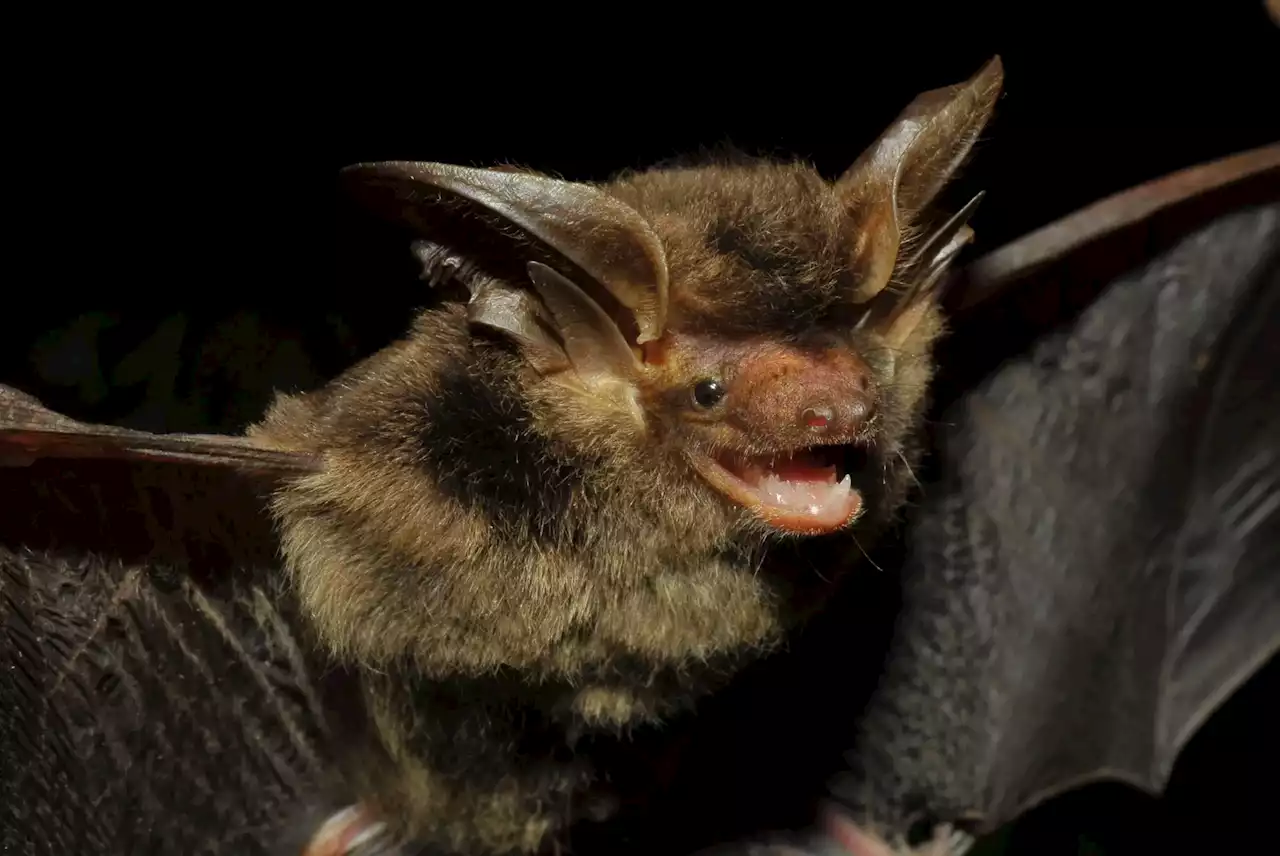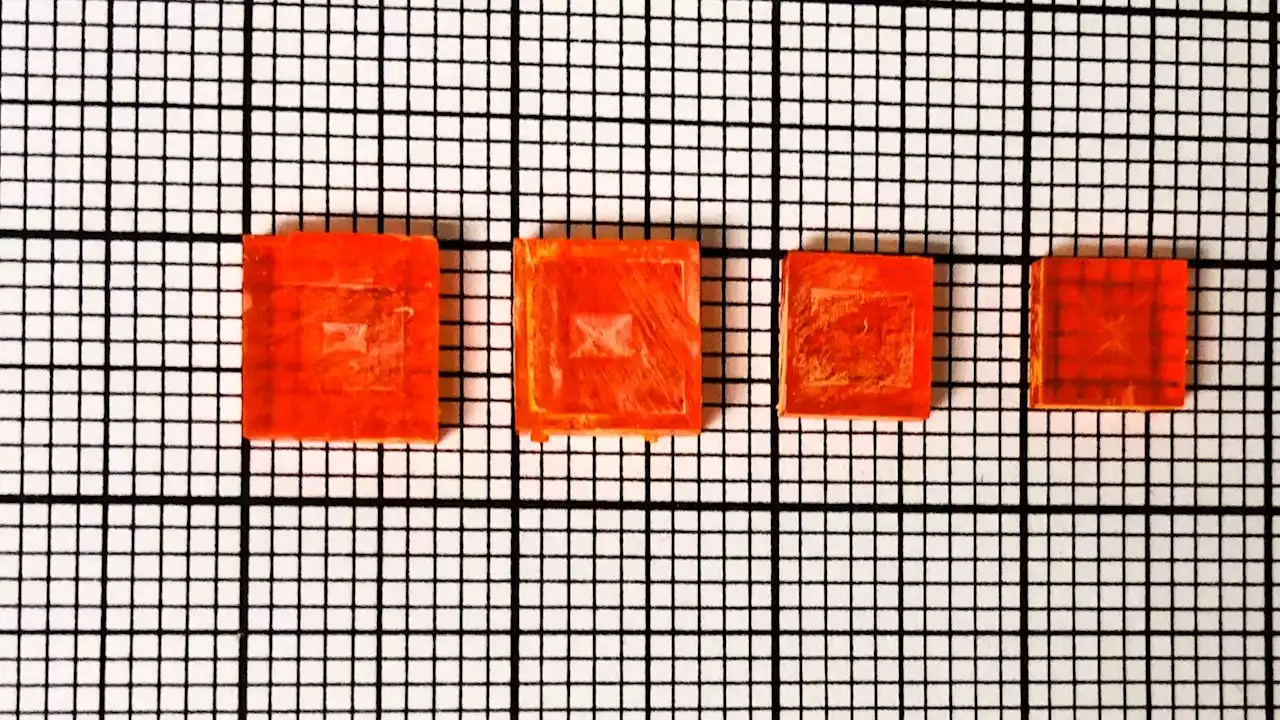Scientists have demonstrated 'multielement ink' -- the first 'high-entropy' semiconductor that can be processed at low-temperature or room temperature. The new material could enable cost-effective and energy-efficient semiconductor manufacturing.
Semiconductors are the heart of almost every electronic device. Without semiconductors, our computers would not be able to process and retain data; and LED lightbulbs would lose their ability to shine.
The advance takes advantage of two unique families of semiconducting materials: hard alloys made of high-entropy semiconductors; and a soft, flexible material made of crystalline halide perovskites. To overcome this hurdle, Yang and team then leveraged the unique qualities of a well-studied solar material that has intrigued researchers for many years: halide perovskites.
Because of their ionic bonding nature, halide perovskite crystal structures require significantly lower energy to form as compared to other material systems, explained Yang. Stability at ambient temperature has long been a problem for advancing commercial-ready halide perovskites, but in a benchtop experiment for the new study, the high-entropy"multielement ink" halide perovskite surprised the research team with an impressive ambient-air stability of at least six months.
"One can imagine that each of these octahedral LEGOs could carry some type of 'genetic' information, just like DNA base pairs carry our genetic information," Yang said."It would be quite fascinating if one day we could code and decode these molecular LEGO semiconductors for information science applications."
Brasil Últimas Notícias, Brasil Manchetes
Similar News:Você também pode ler notícias semelhantes a esta que coletamos de outras fontes de notícias.
 – Scientists Rediscover Strange Big-Eared Brown BatThe Strange Big-eared Brown Bat, Histiotus alienus, was first described by science in 1916, by the British zoologist Oldfield Thomas. This account was derived from a lone specimen found in Joinville, Paraná, in the southern region of Brazil. For over a century, no further captures of the species
– Scientists Rediscover Strange Big-Eared Brown BatThe Strange Big-eared Brown Bat, Histiotus alienus, was first described by science in 1916, by the British zoologist Oldfield Thomas. This account was derived from a lone specimen found in Joinville, Paraná, in the southern region of Brazil. For over a century, no further captures of the species
Consulte Mais informação »
 Scientists discover a durable but sensitive material for high energy X-ray detectionX-ray technology plays a vital role in medicine and scientific research, providing non-invasive medical imaging and insight into materials. Recent advancements in X-ray technology enable brighter, more intense beams and imaging of increasingly intricate systems in real-world conditions, like the insides of operating batteries.
Scientists discover a durable but sensitive material for high energy X-ray detectionX-ray technology plays a vital role in medicine and scientific research, providing non-invasive medical imaging and insight into materials. Recent advancements in X-ray technology enable brighter, more intense beams and imaging of increasingly intricate systems in real-world conditions, like the insides of operating batteries.
Consulte Mais informação »
 Japanese scientists find microplastics are present in cloudsResearchers in Japan have confirmed microplastics are present in clouds, where they are likely affecting the climate in ways that aren't yet fully understood.
Japanese scientists find microplastics are present in cloudsResearchers in Japan have confirmed microplastics are present in clouds, where they are likely affecting the climate in ways that aren't yet fully understood.
Consulte Mais informação »
 Scientists Find Microplastics Inside CloudsResearchers have discovered microplastics inside rain clouds, indicating that the particles are contaminating nearly every part of nature.
Scientists Find Microplastics Inside CloudsResearchers have discovered microplastics inside rain clouds, indicating that the particles are contaminating nearly every part of nature.
Consulte Mais informação »
 Scientists Intrigued by Bacteria That Devour Waste PlasticResearchers have ways of manipulating bacteria to produce enzymes that can break down plastic, a possible solution to a growing crisis.
Scientists Intrigued by Bacteria That Devour Waste PlasticResearchers have ways of manipulating bacteria to produce enzymes that can break down plastic, a possible solution to a growing crisis.
Consulte Mais informação »
Inside scientists' mission to save America’s wine industry from climate changeThe U.S. West Coast produces over 90% of America’s wine, but it’s also prone to...
Consulte Mais informação »
